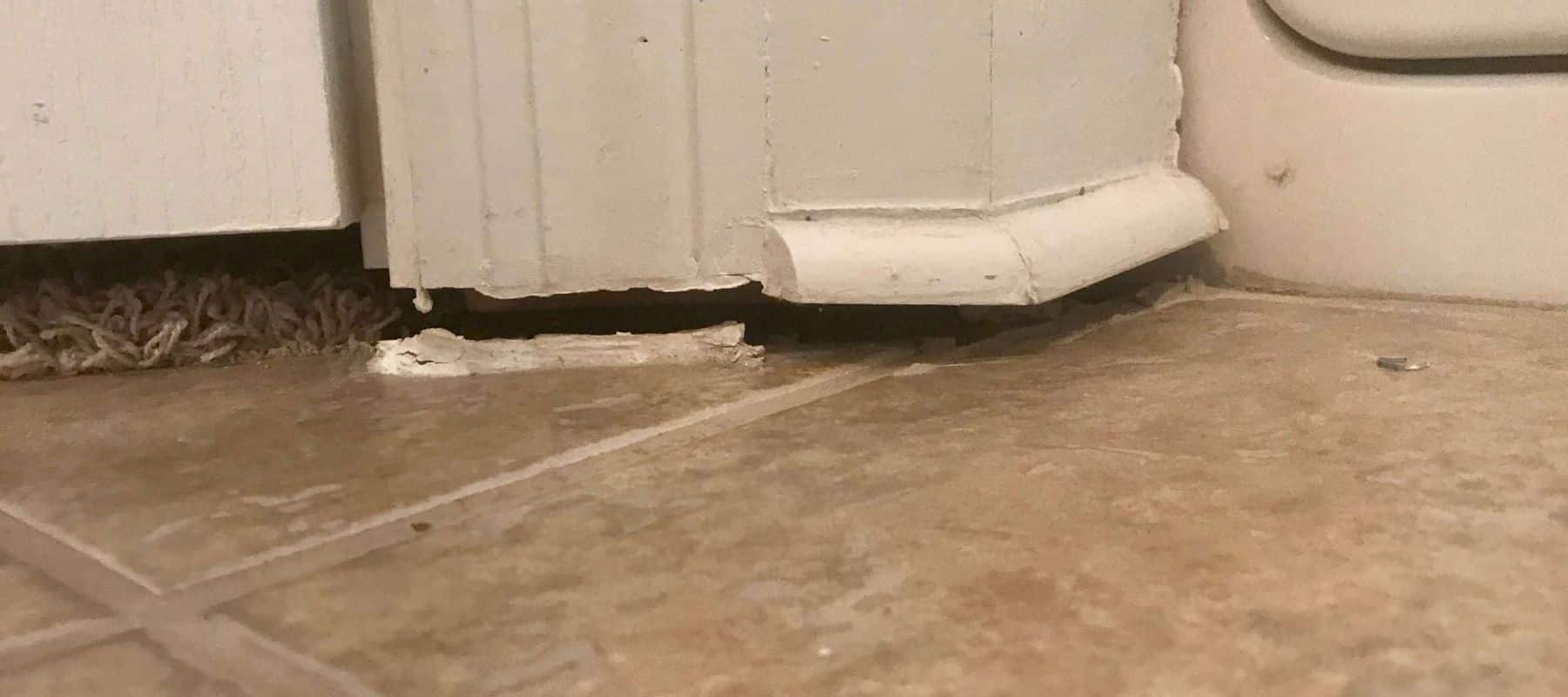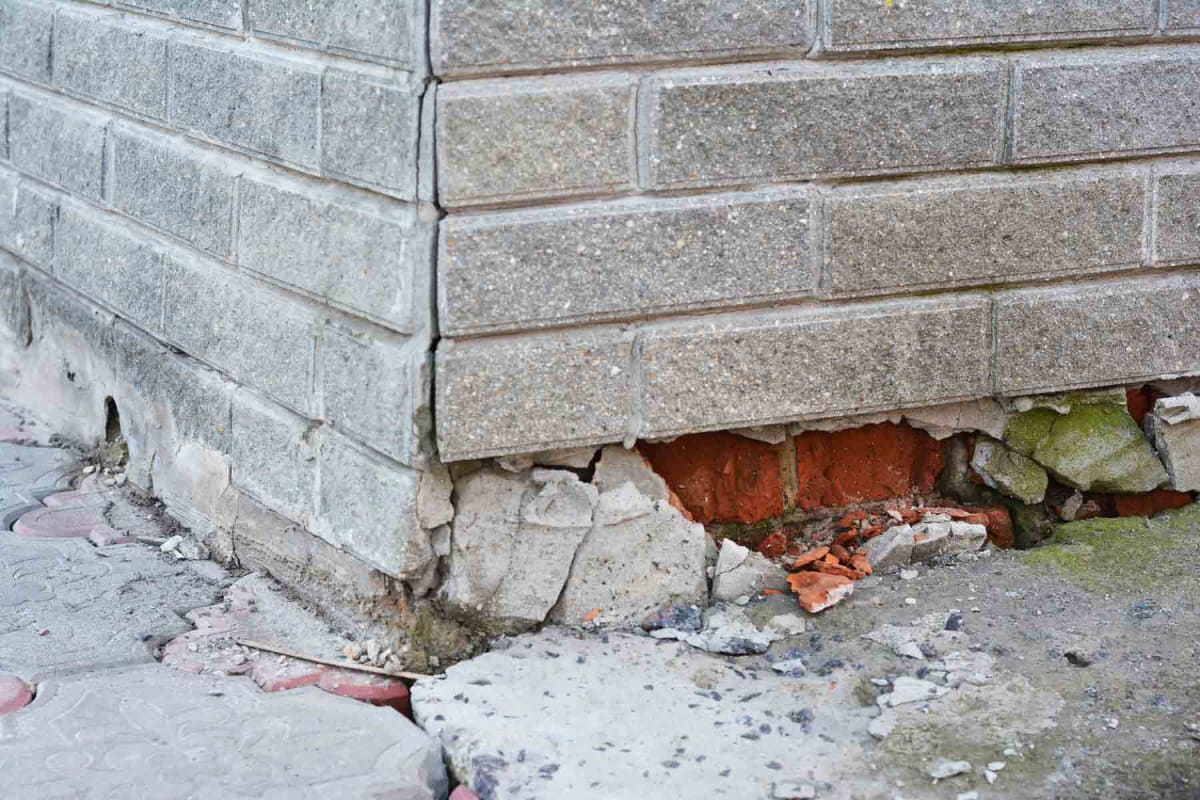FCS Foundation Repair Dallas: Relied On Experts in Foundation Remediation
Structure Repair Service Techniques: A Detailed Review
Foundation Repair Service Techniques: A Thorough Overview
Foundation problems can cause considerable architectural damages to structures, endangering their stability and security. Recognizing structure repair techniques is vital for specialists, house owners, and designers included in building and maintenance jobs. This thorough review gives a thorough assessment of different techniques utilized to attend to foundation problems, ensuring a strong and safe and secure structure for any type of structure.
The overview covers crucial strategies such as slab jacking, pier and beam support, basement wall surface anchoring, soil stabilization, and structure support. Each strategy is described in-depth, highlighting its efficiency, purpose, and application. FCS Foundation Repair Dallas Flatwork Concrete Services. Additionally, the overview reviews factors to think about when selecting the ideal repair approach, such as soil conditions, building type, and monetary restrictions
Whether you are a home owner looking for to resolve structure issues or a professional in the building market, this detailed overview works as an important resource, supplying necessary expertise and insights right into structure repair strategies.
Piece Jacking
Piece jacking, typically used as a trusted and regularly made use of approach, elevates sunken concrete pieces by injecting a supporting product below, properly recovering the foundation to its initial degree. This method is typically utilized in situations where the ground has actually settled or changed, creating concrete slabs to sink or end up being uneven. Piece jacking is a cost-efficient option to completely replacing the concrete, as it deals with the origin reason of the problem and gives a durable remedy.

Furthermore, slab jacking can be finished swiftly, frequently within a day, minimizing disturbance to the residential or commercial property proprietor. This method is suitable for a vast variety of concrete structures, including driveways, sidewalks, patios, and cellar floorings.
Pier and Beam Of Light Support
Another frequently employed method in foundation repair work is pier and light beam reinforcement, which builds on the previous technique of slab jacking to provide added structural assistance and stability to the foundation. This strategy is especially beneficial in areas with weak dirt conditions or when the foundation has actually suffered substantial damages.
Pier and light beam support involves setting up vertical concrete or steel piers under the foundation to transfer the weight of the framework to much deeper, more steady soil layers. These piers are purposefully placed along the boundary of the structure and at indoor load-bearing walls to uniformly distribute the load and protect against further settlement.
To enhance the light beams, additional steel or concrete supports are included to strengthen and stabilize the existing beam of lights. This is done by connecting steel braces or light beams to the existing beam of lights and safeguarding them with screws or other fasteners. The support products are picked based on the certain needs of the structure and the level of the damages.
Pier and light beam support not just gives prompt assistance to the structure yet additionally aids to avoid future negotiation and architectural damages. FCS Foundation Repair Dallas Concrete Contractor. By rearranging the tons and moving it to stronger dirt layers, this method makes sure the long-term stability and honesty of the structure
Cellar Wall Anchoring
Basement wall surface anchoring is an important method made use of in structure fixing to improve the stability and structural honesty of the structure, specifically in locations susceptible to soil activity and basement wall failing. When the soil around a foundation experiences excessive dampness or shifts due to geological variables, it can put in significant pressure on the cellar walls, creating them to split, bow, or even collapse. This can bring about severe structural issues and compromise the safety and security of the entire structure.
Basement wall surface securing entails mounting specialized anchors or helical tiebacks right into the ground beside the structure walls. These anchors are designed to permeate deep right into steady dirt or bedrock, producing a solid connection in between the foundation and the ground. By distributing the tons of the structure uniformly and standing up to the side pressures exerted by the dirt, cellar wall securing provides extra support and stops more movement or damage of the walls.
There are different sorts of basement wall securing systems available, including steel wall surface supports, helical tiebacks, and carbon fiber straps. The selection of system depends on elements such as the extent of the wall motion, dirt problems, and the particular needs of the foundation. Expert foundation fixing specialists examine these variables and recommend the most appropriate securing solution for each distinct circumstance.
Dirt Stablizing
To address the challenges of dirt movement and guarantee the stability of foundations, soil stabilization methods are used in structure repair. Soil stabilization refers to the process of boosting the residential properties of the dirt to boost its load-bearing ability and lower its sensitivity to activity. There are a number of approaches made use of for dirt stabilization, each customized to the certain attributes of the soil and the demands of the structure.

Mechanical stabilization is one more extensively used method that includes the physical alteration of the dirt. This technique includes techniques such as compaction, which raises the density of the soil, and soil replacement, which includes getting rid of weak dirt and changing it with more stable materials.
Furthermore, soil stablizing might additionally entail the use of geosynthetic materials like geogrids, geotextiles, or geocells. These materials are put within the soil to strengthen it and distribute the lots much more uniformly, minimizing the threat of negotiation or heave.
Structure Base
Exactly how can structure base effectively attend to the difficulties of soil activity and guarantee the security of structures? Structure underpinning is a strategy made floor framing on piers use of to reinforce and maintain existing foundations that have actually been influenced by dirt motion. This method involves extending the deepness or breadth of the structure to an extra secure dirt layer or redistributing the load throughout a bigger area, thereby enhancing its load-bearing capability.
There are several kinds of structure base techniques commonly made use of in the sector. One technique is mass concrete base, where new concrete is put underneath the existing foundation to raise its deepness and stability. An additional method is beam and base support, which includes constructing enhanced concrete beam of lights beneath the existing foundation, moving the tons to deeper, extra stable dirts.
Helical stack underpinning is also commonly utilized. It involves setting up helical heaps into the ground under the foundation, which offer added support and security. These piles are screwed into the dirt and can be utilized to move the load of the structure to even more qualified dirt layers.
Verdict
In conclusion, structure repair methods play an important duty in maintaining the structural honesty of buildings. Slab jacking, pier and light beam go to the website reinforcement, basement wall anchoring, soil stablizing, and foundation base are all efficient techniques utilized to attend to foundation problems. By implementing these methods, homeowner can ensure the stability and security of their frameworks for years to come.
Basement wall anchoring is a crucial strategy utilized in foundation repair work to improve the security and architectural honesty of the structure, particularly in areas prone to soil motion and cellar wall surface failing.To attend to the obstacles of dirt movement and ensure the stability of foundations, soil stabilization strategies are used in structure fixing. There are numerous approaches made use of for dirt stabilization, each tailored to the particular qualities of the soil and the demands of the foundation.
Foundation underpinning is a technique used to enhance and support existing foundations that have been affected by dirt activity. Piece jacking, pier and beam of light support, basement wall anchoring, soil stablizing, and structure base are all efficient methods utilized to resolve structure problems.